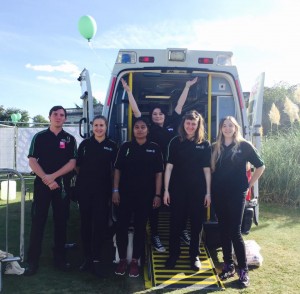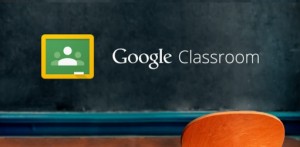Oct
2016
Lecture 2: The one with Learning Communities
A learning community, such as a VLE, works in a similar way to a social network. Each learner is able to access the site and upload content, write comments and read other peoples work. This creates a more social aspect to learning and allows the children to develop their knowledge from each other and discussion, in a social constructionist way. Palloff and Prat (1999: 53) believe that ‘communication and constructivist pedagogy are the key elements that allow students and teachers to develop a sense of community online.’ When children have the access to their teacher online, they begin to feel more comfortable and supported by the teacher, since they are able to access the content at any point. This is also followed by Hill and Hannafin (1997, cited in Chou and Liu: 2005) who discuss how VLEs allow children to take control of their own learning, anywhere and anytime. The idea is to promote independent thinking and open children’s minds to a diverse range of view points, whilst keeping the children safe in a controlled environment rich in resources.
Davies and Merchant (2009) discuss the adoption of social media into our everyday lives. Schools need to embrace this and use them to enhance children’s digital literacies, since there is no escape. Although the use of social media is a lot more broad and unrestricted, it is good to allow the children to have the freedom to actively engage with what interests them and seek it from the internet, teachers need to be monitoring that the children are on task whilst using their designated VLE. However, despite the intention of social media not to be a learning platform, it’s to connect people together an enable them to talk over a long distance.
We talked about which learning communities that we share, we all share our IT lecture, then out of  that we share our dedicated lecture groups, then our year group, then the subject group and expanding out into the university. But that is just focused on the university communities, there are endless possibilities. I am involved in all of the learning communities associated with my university subject, but also doing St John Ambulance means that I am involved in that community as well, since we train every week. The unit also meets with others from across London, meaning that it is all connected to a wider learning community. We share experiences from the field, discuss and ultimately learn from them. It allows me to create an identity for myself, following what I am interested in and engaging with.
that we share our dedicated lecture groups, then our year group, then the subject group and expanding out into the university. But that is just focused on the university communities, there are endless possibilities. I am involved in all of the learning communities associated with my university subject, but also doing St John Ambulance means that I am involved in that community as well, since we train every week. The unit also meets with others from across London, meaning that it is all connected to a wider learning community. We share experiences from the field, discuss and ultimately learn from them. It allows me to create an identity for myself, following what I am interested in and engaging with.
VLEs are an incredibly useful to create an accessible, relevant learning space for the children, it helps improve the communication across the school and allows the years to share their work and talk to each other, resulting in an enriched and personalised curriculum. This helps to create friendships across the years and allows the older years to help the younger years with their topics. But this also allows for the teachers to watch and assess the children on what they are contributing and discussing, to find a level of understanding.
I would definitely use a VLE in my classroom and encourage as many of the children to use it frequently as possible, the children would be able to access their homework tasks for the week and revisit things that they have done that week in class. I think it helps them feel part of something larger than just their class, helping to enforce the ethos of the school. Allowing parents access to it as well, helps to involve them into the schools learning community and expanding the children our into the wider area and community.
Davies, K. & Merchant, G. (2009) Web 2.0 for Schools. Learning and Social Participation. New York: Peter Lang Publishing.
Chou, S. & Liu, C. (2005) Journal of Computer Assisted Learning. Learning effectiveness in a Web-based virtual learning environment: a learner control perspective. 21(1) pp. 65-76 Available at: http://onlinelibrary.wiley.com/doi/10.1111/j.1365-2729.2005.00114.x/epdf?r3_referer=wol&tracking_action=preview_click&show_checkout=1&purchase_referrer=onlinelibrary.wiley.com&purchase_site_license=LICENSE_DENIED [Accessed 22/10/16]
Palloff, R. & Prat, K. (1999) Building Learning Communities in Cyperspace. American Secondary Education. 29(4) pp. 53. Available at: http://crawl.prod.proquest.com.s3.amazonaws.com/fpcache/e4849239164fbebd42d2d4bd8ee21b79.pdf?AWSAccessKeyId=AKIAJF7V7KNV2KKY2NUQ&Expires=1477093310&Signature=p%2FVV1DLJHmEEGe5VCbcAgOrGMFI%3D [Accessed 22/10/16]
